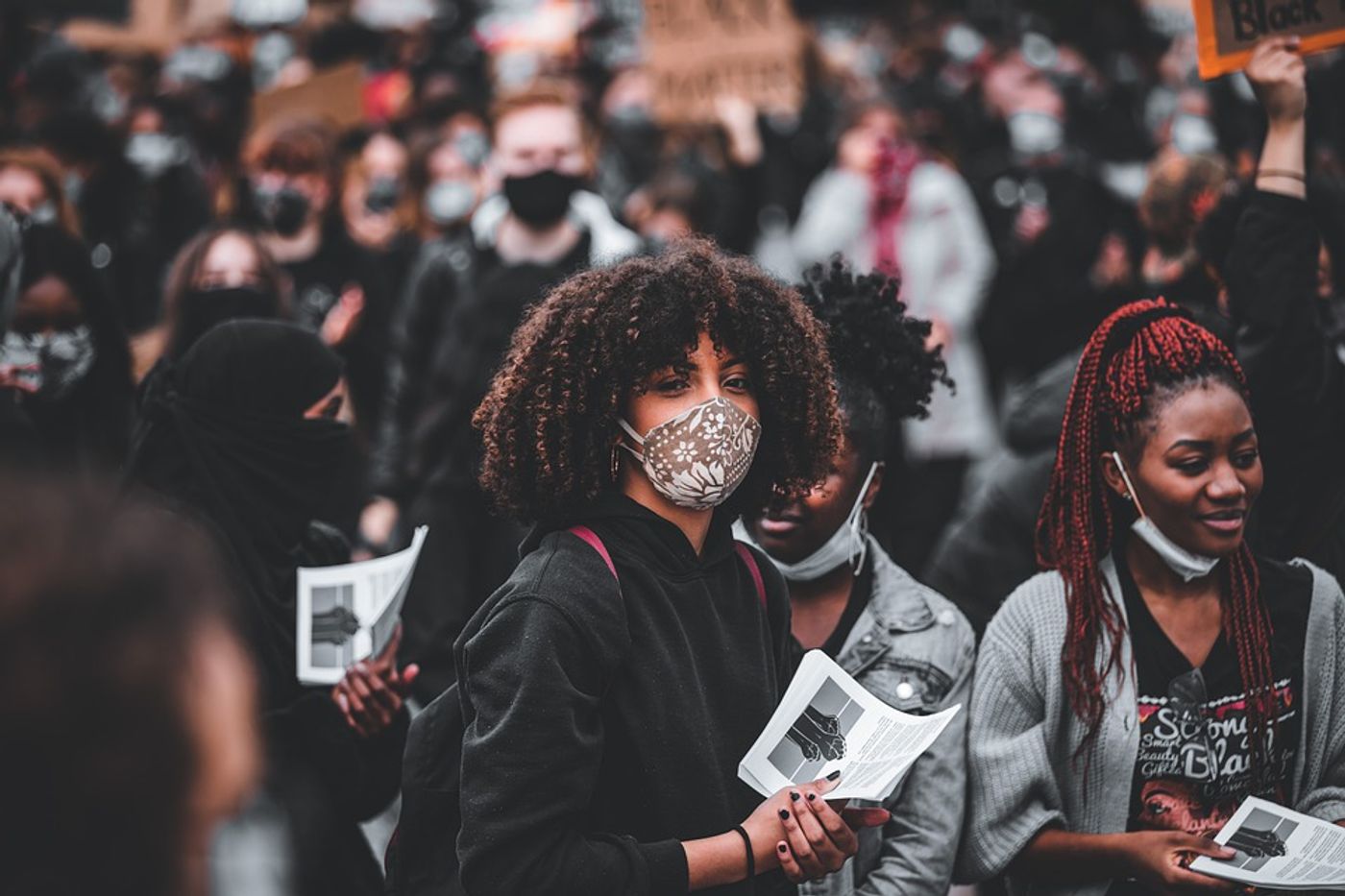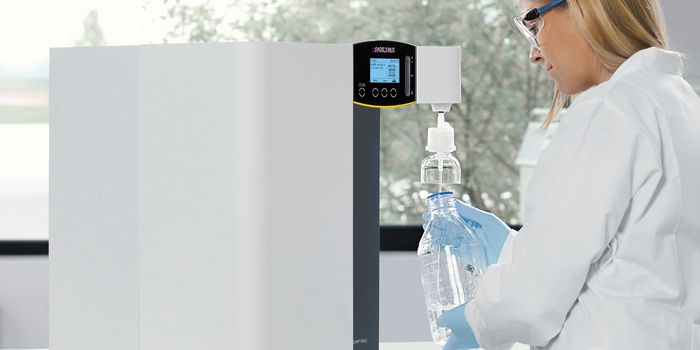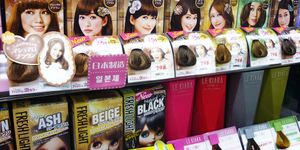Designing the most effective - and comfortable- face mask yet
Engineers from Georgia Institute of Technology have designed a facemask that is comfortable, safe, and – best of all – stays in place. They plan to share their design plans with both manufacturers and individuals so that anyone who wants to can make one.
"If we want to reopen the economy and ask people to go back to work, we need a mask that is both comfortable and effective," said Sundaresan Jayaraman, the Kolon Professor in Georgia Tech's School of Materials Science and Engineering. "We have taken a science-based approach to designing a better mask, and we are very passionate about getting this out so people can use it to help protect themselves and others from harm."
Georgia Tech researchers have been investigating filtration and textile materials for several decades since the avian influenza outbreak, so when COVID-19 hit, they saw an opportunity to put their knowledge to practical – and needed – use. The prototype that they have developed focuses on reducing leakage around the mask’s edges. Leakage, which allows particle droplets to enter and exit the mask, is the fundamental character flaw in cloth masks.
The mask produced by the researchers clasps behind the head in a way similar to many N95 respirators. The fabric part that covers your mouth and nose is made from a moisture-wicking material (like those used in athletic clothing) and has a pocket to insert an additional washable filter that is made from Spandex and polyester. The mask is contoured in such a way that you have room to breathe and talk without having to constantly readjust it. Additionally, a stretchable part of the mask has holes for the ears so that you can appropriately position it and then hold it in place with a second hook and eye fastener.
"We want people to be able to get the mask in the right place every time," Jayaraman said. "If you don't position it correctly and easily, you are going to have to keep fiddling with it. We see that all the time on television with people adjusting their masks and letting them drop below their noses."
The researchers say that the prototypes maintain their shape after 20 washings and that the filter material continues to add extra protection. Breathability was also a big concern because compliance depends on the comfort of the mask in everyday use.
Commenting on their experimentation process, principal research scientist Sungmee Park says, "We tested 16 layers of handkerchief material, and as we increased the layers, we measured increased breathing resistance. While the breathing resistance went up, the filtration did not improve as much as we would have expected.” This process informed their ultimate prototype. "Good filtration efficiency is not enough by itself," Jayaraman harped. "The combination of fit, filtration efficiency, and staying in the right place make for a good mask."
The team has published its recommendations in The Journal of The Textile Institute and plan to make public their specifications and patterns. They say that anyone can obtain the necessary textiles from fabric stores.
"There is so much misinformation about what face masks can do and cannot do," Jayaraman said. "Being scientists and engineers, we want to put out information backed by science that can help our community reduce the harm from SARS-CoV-2."


















































